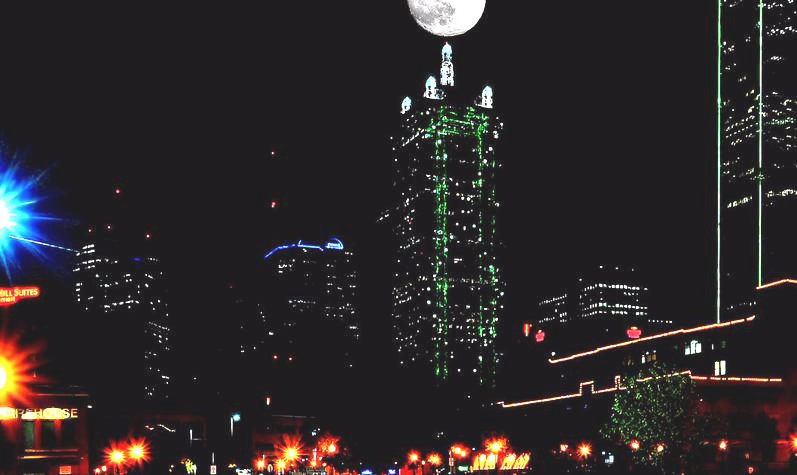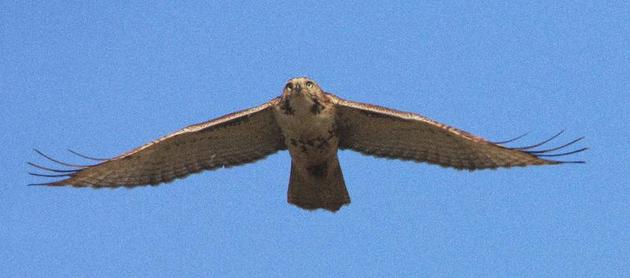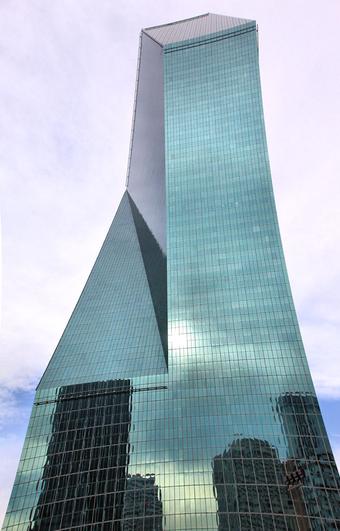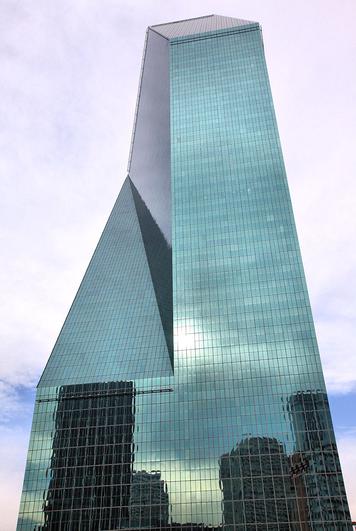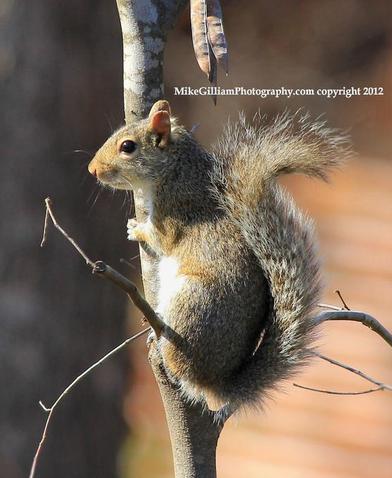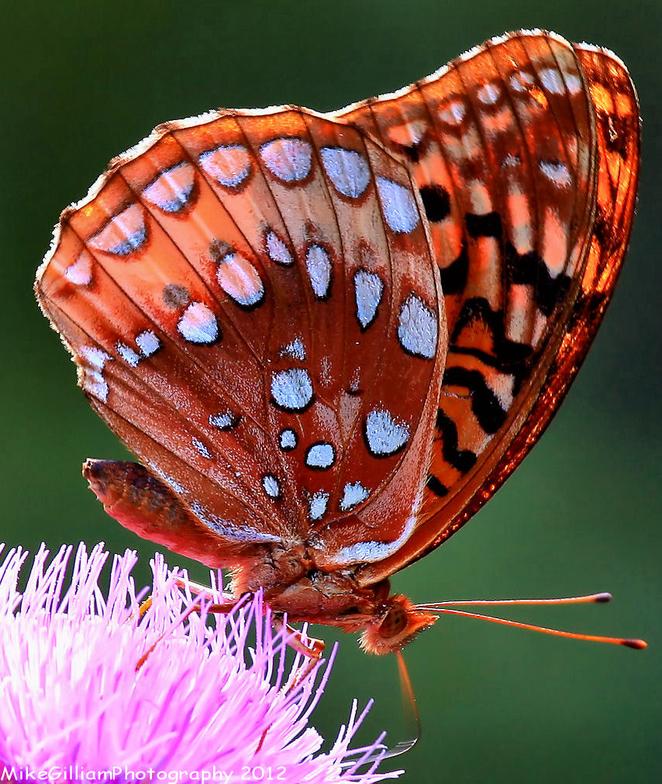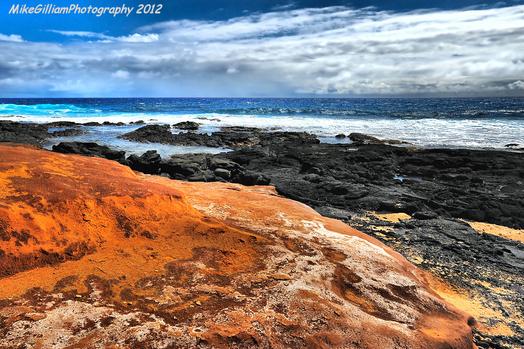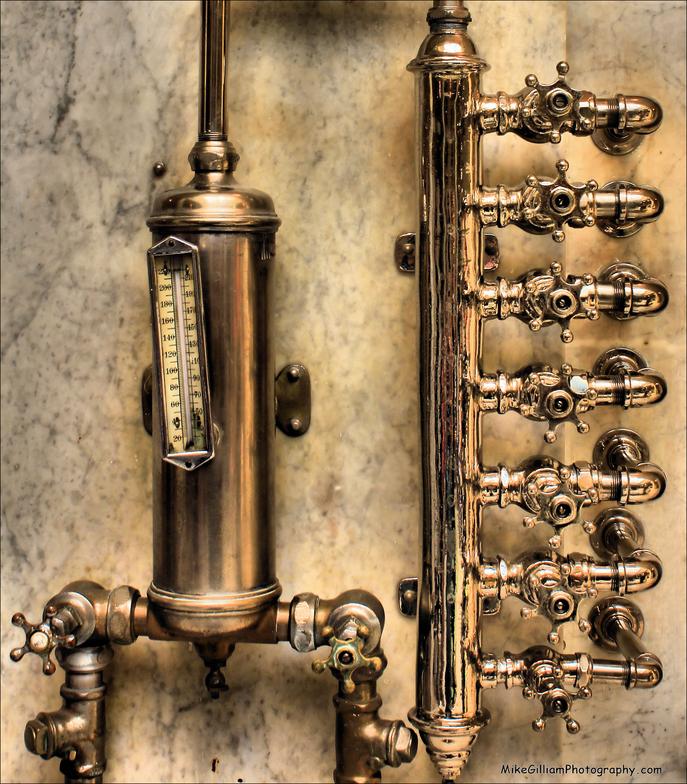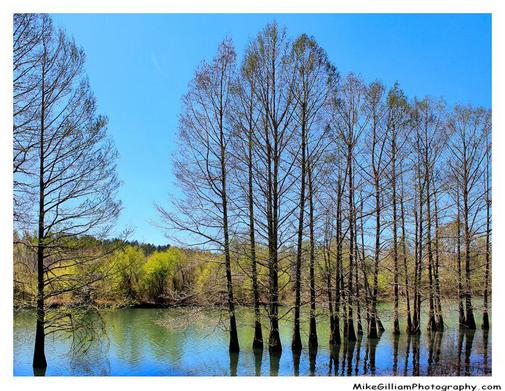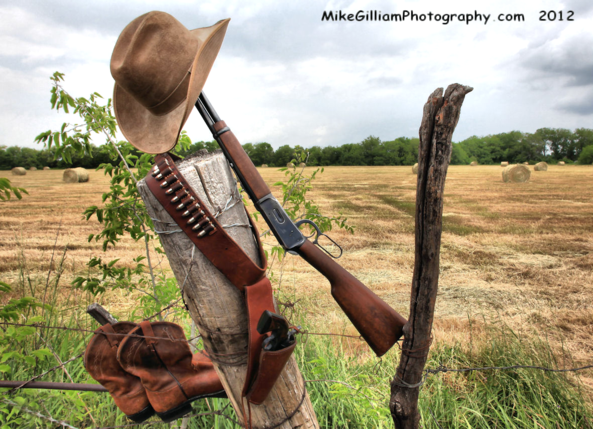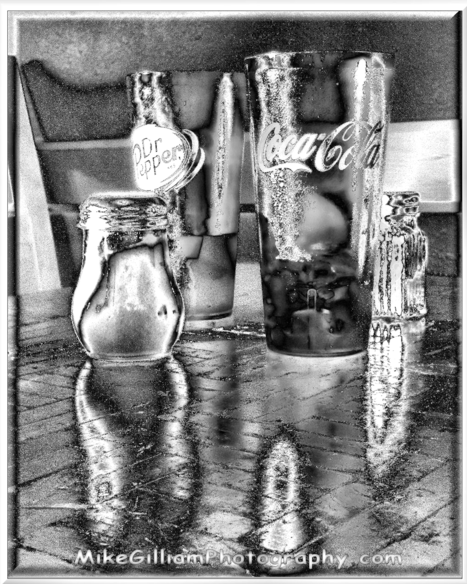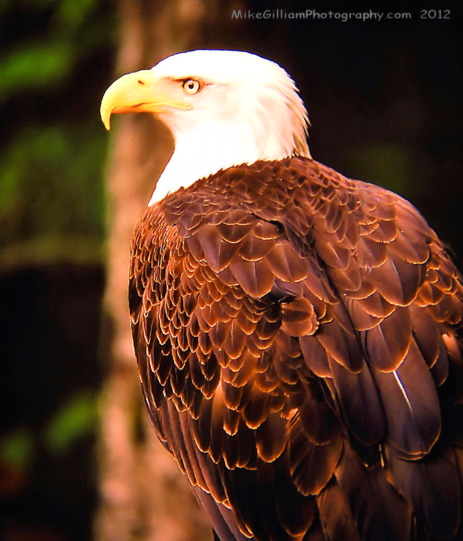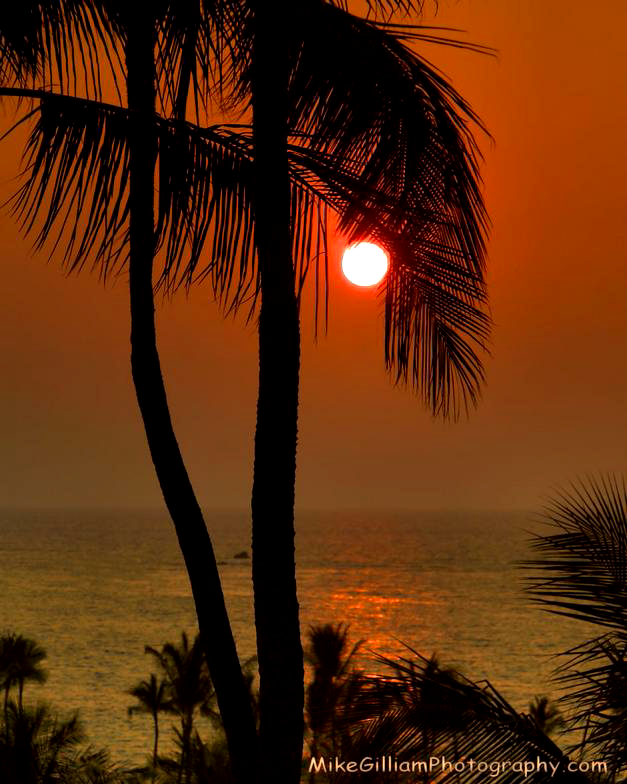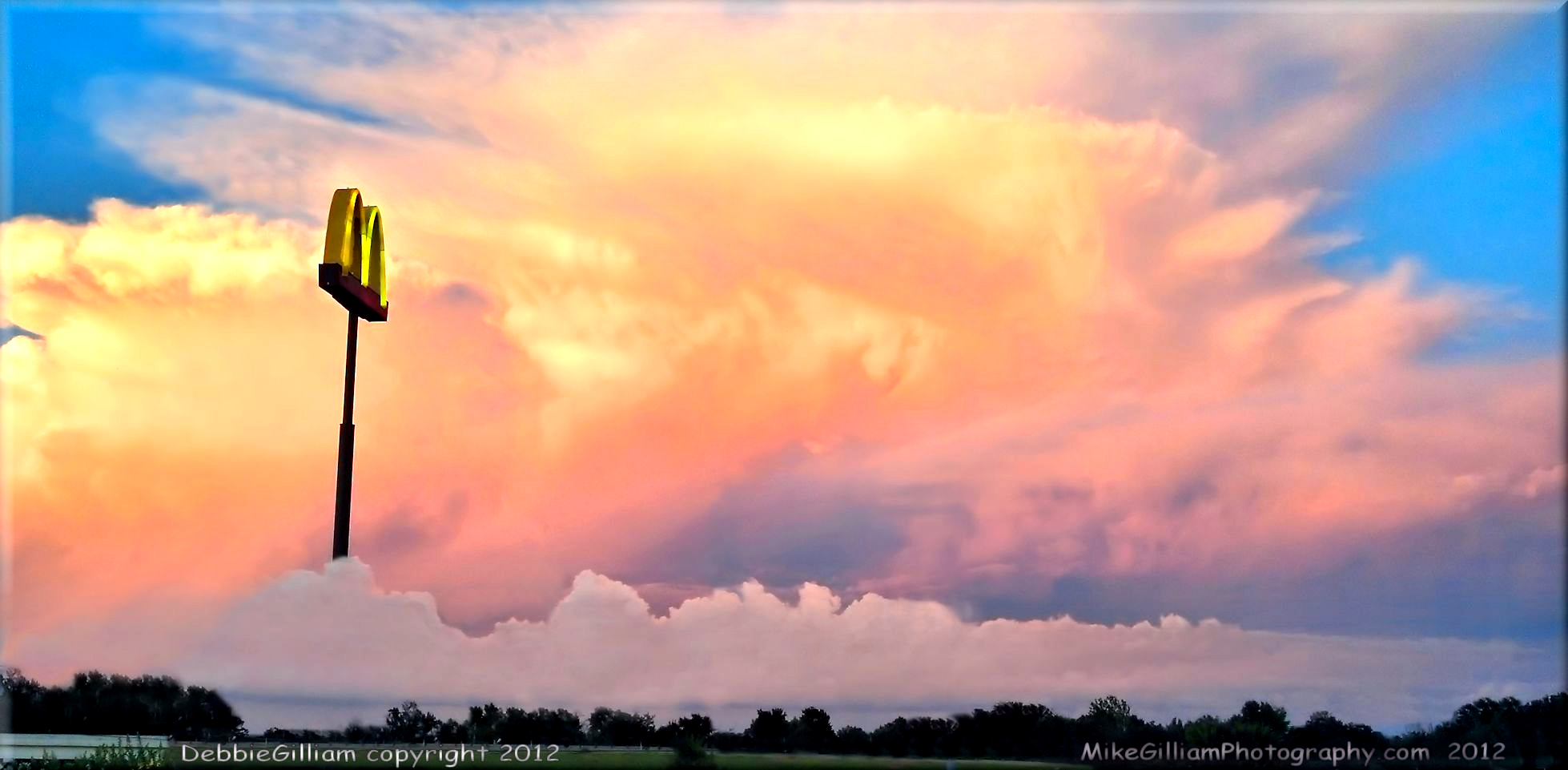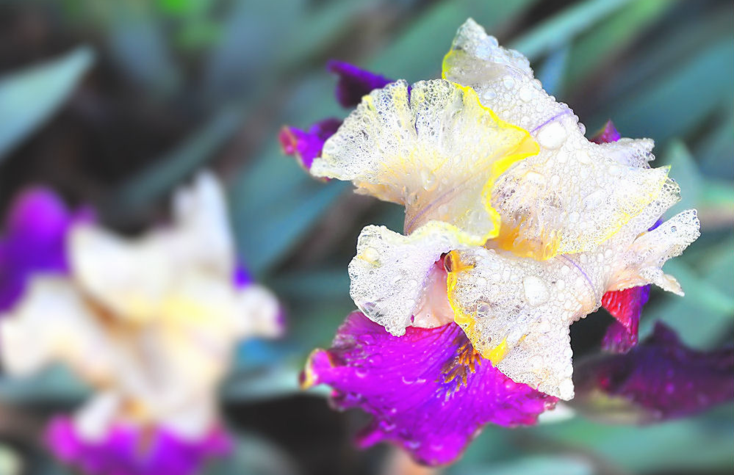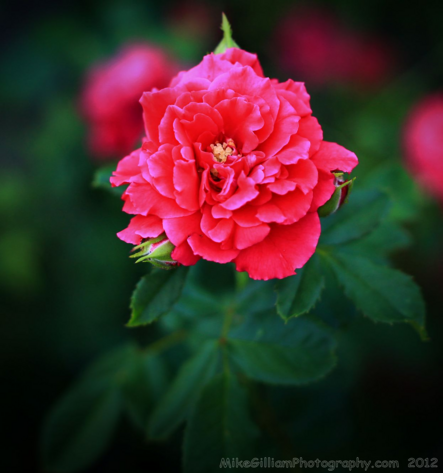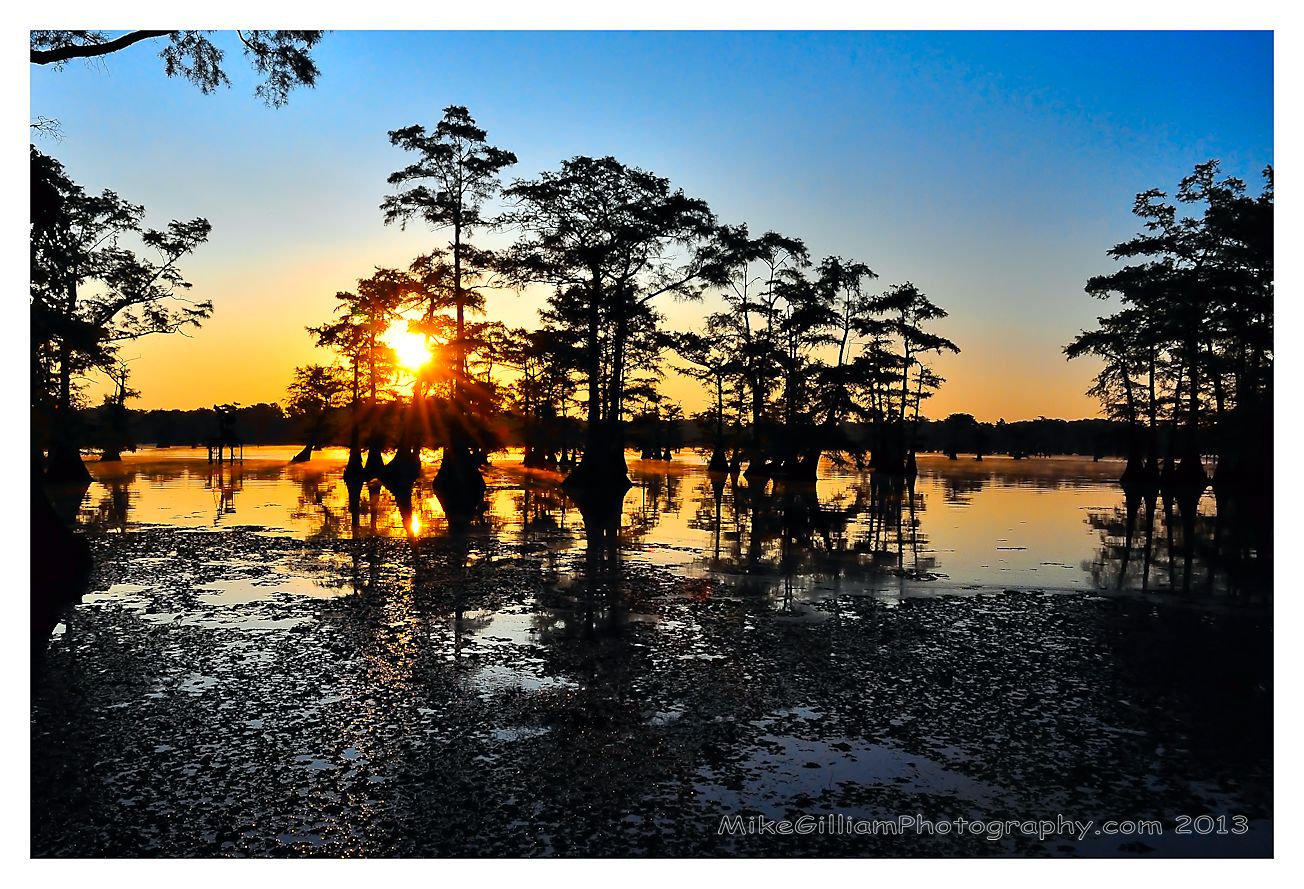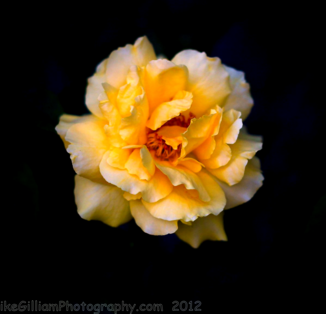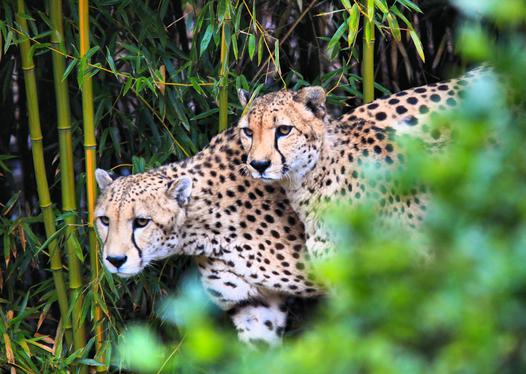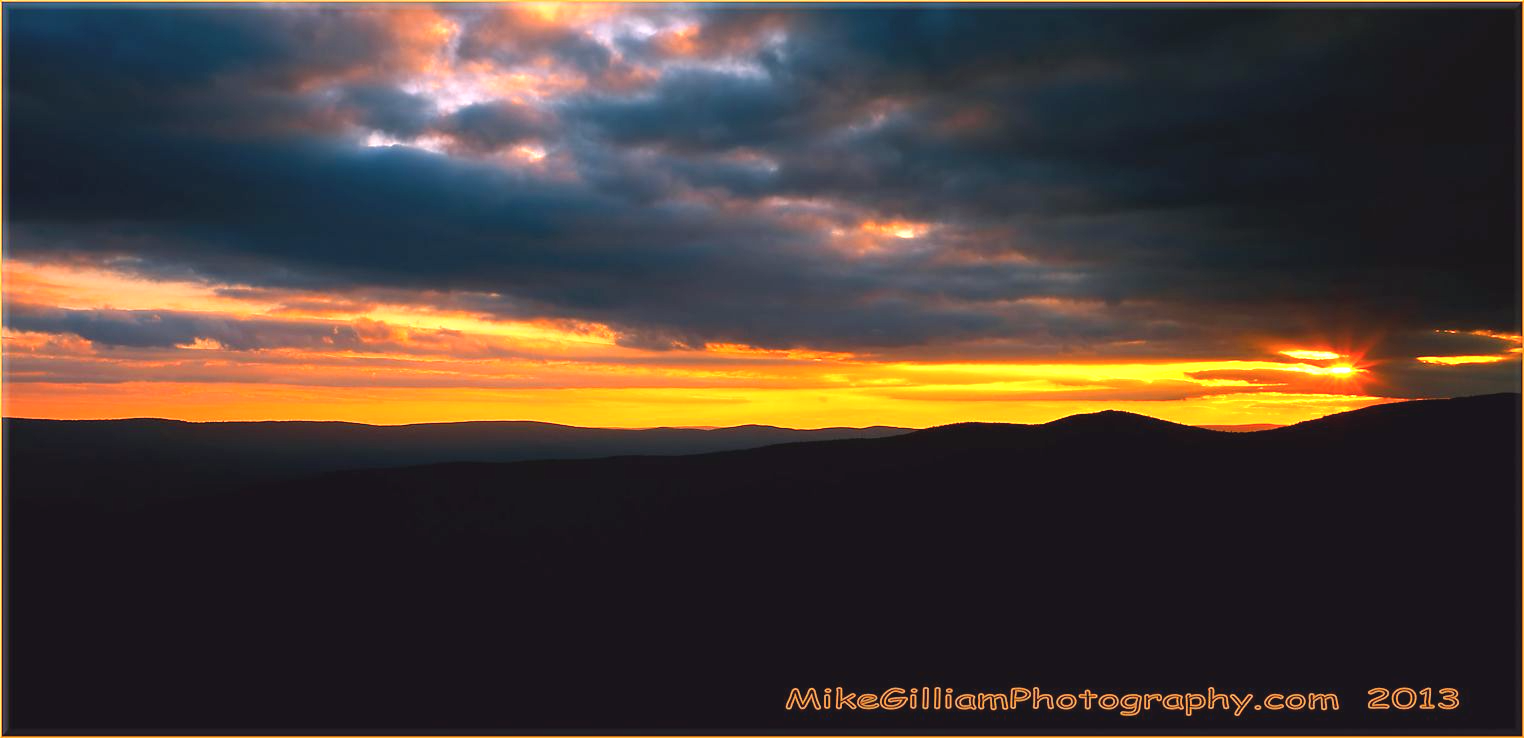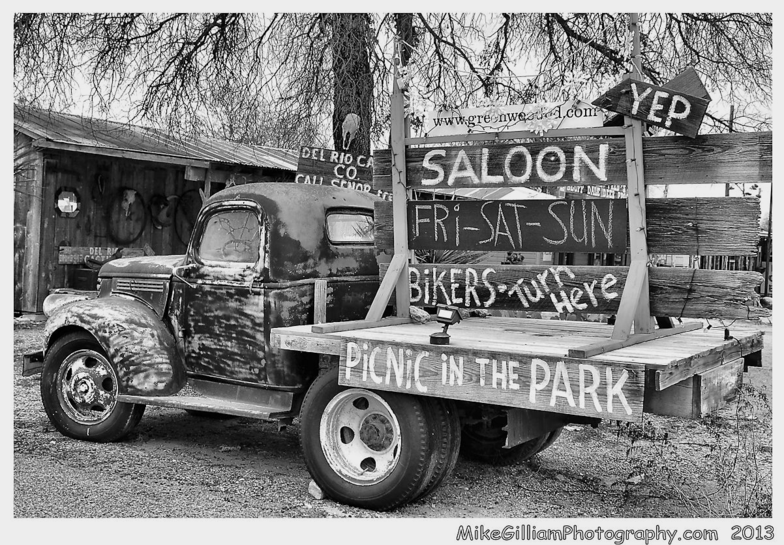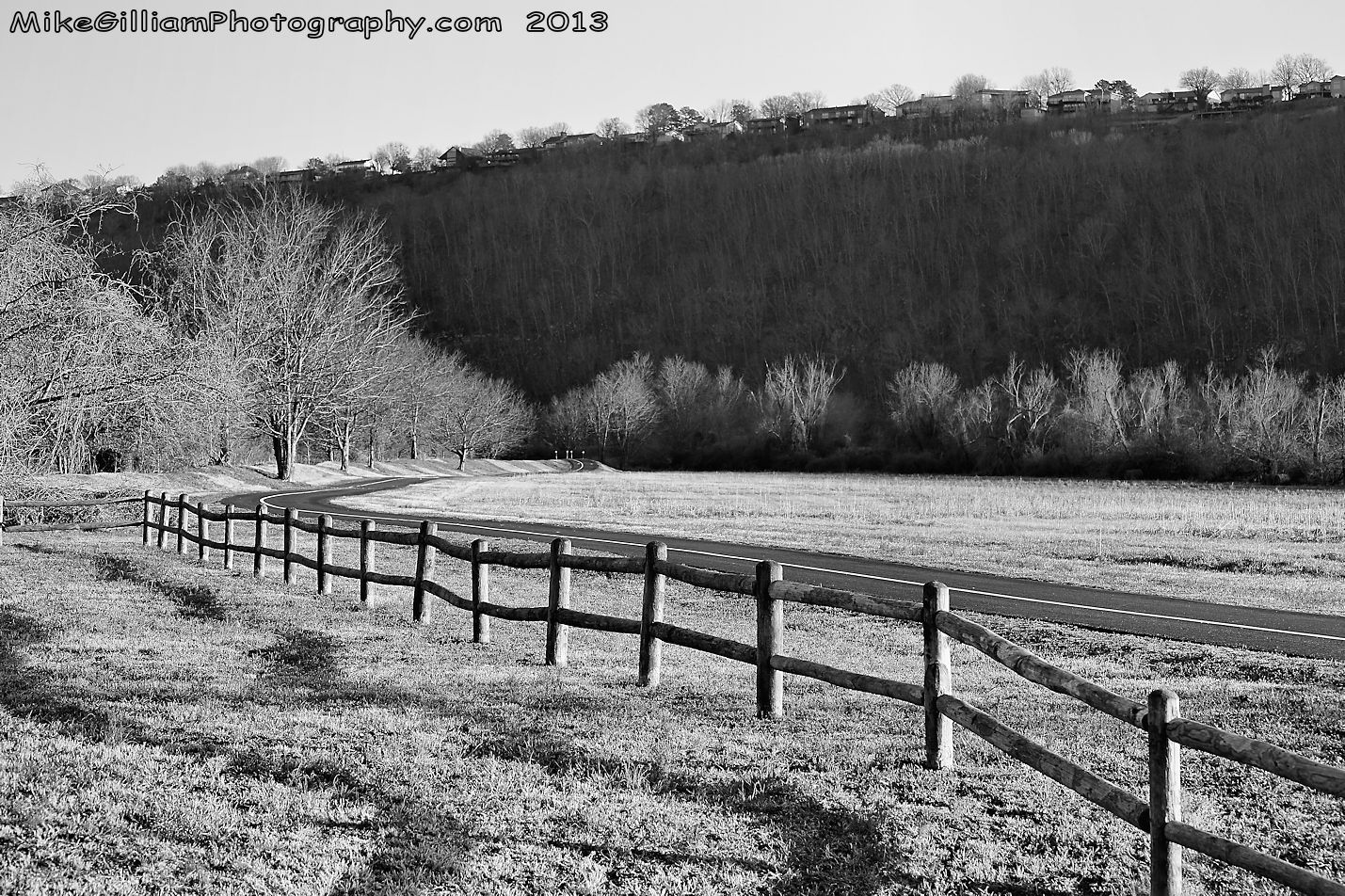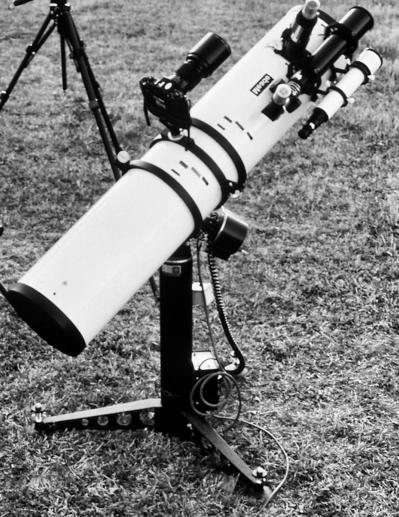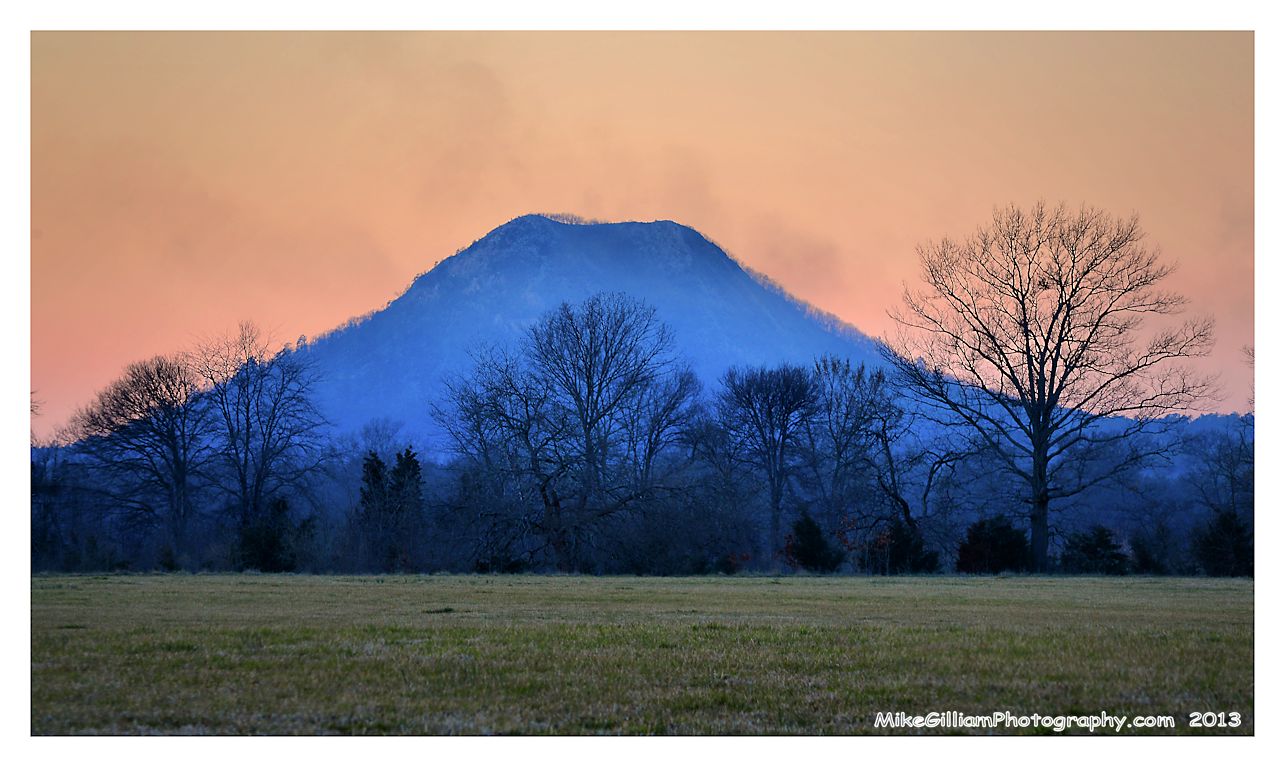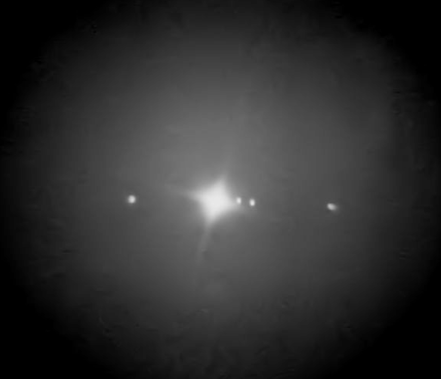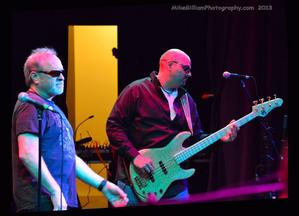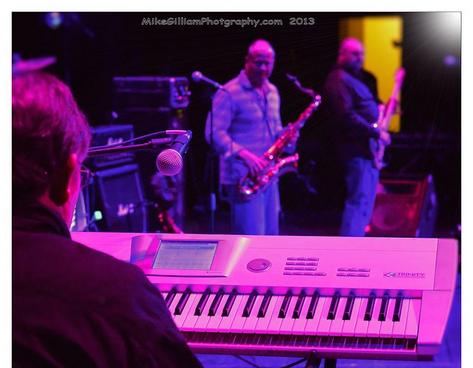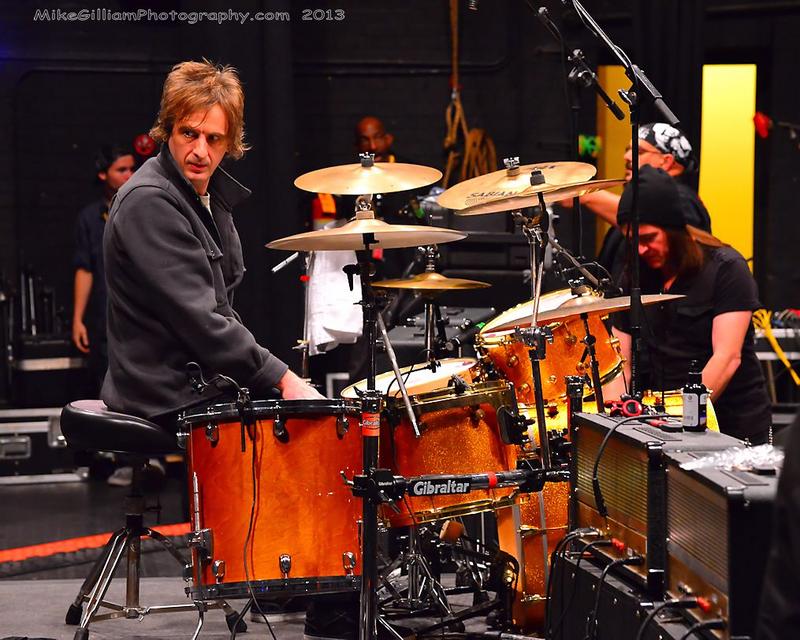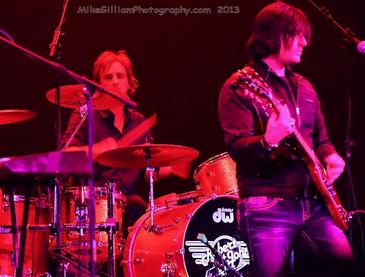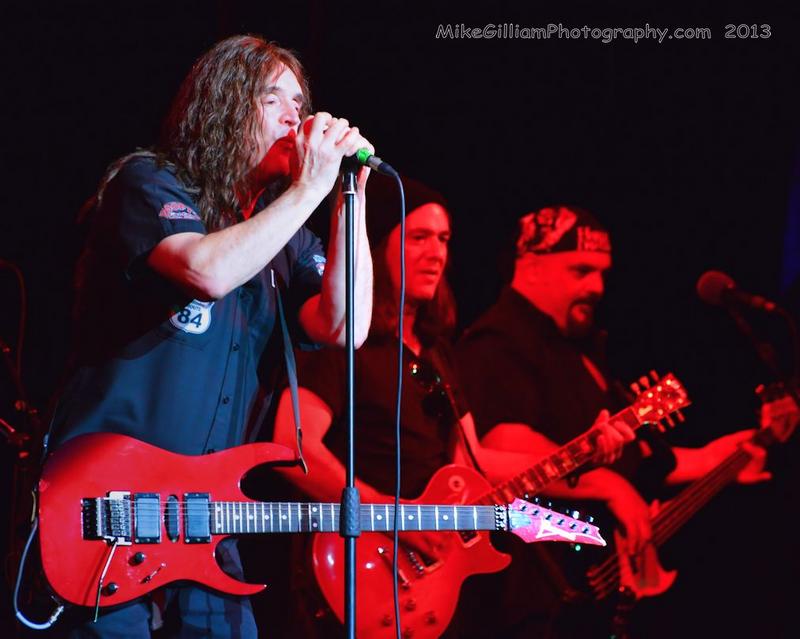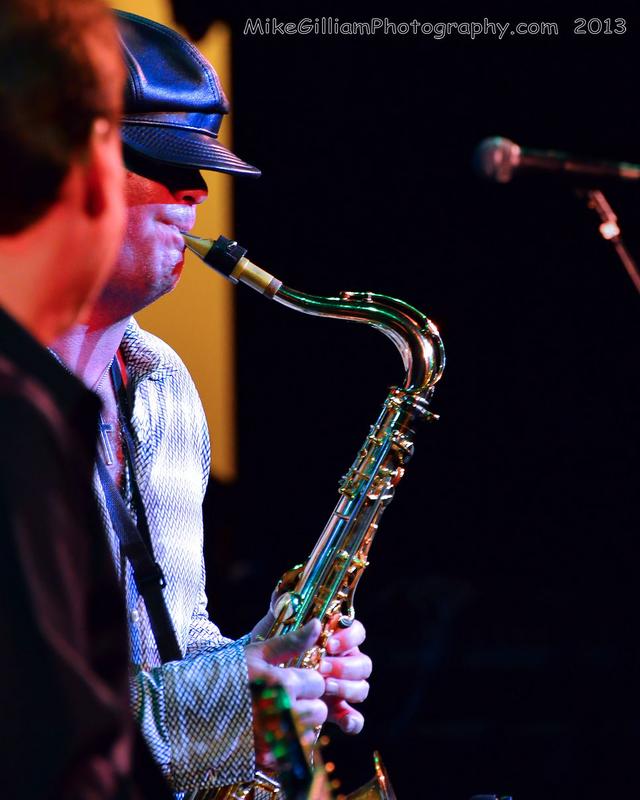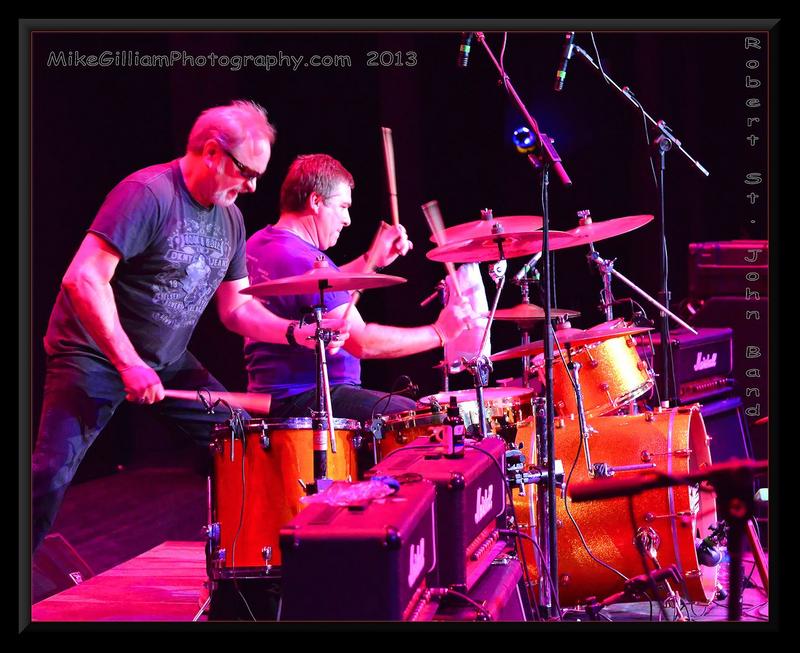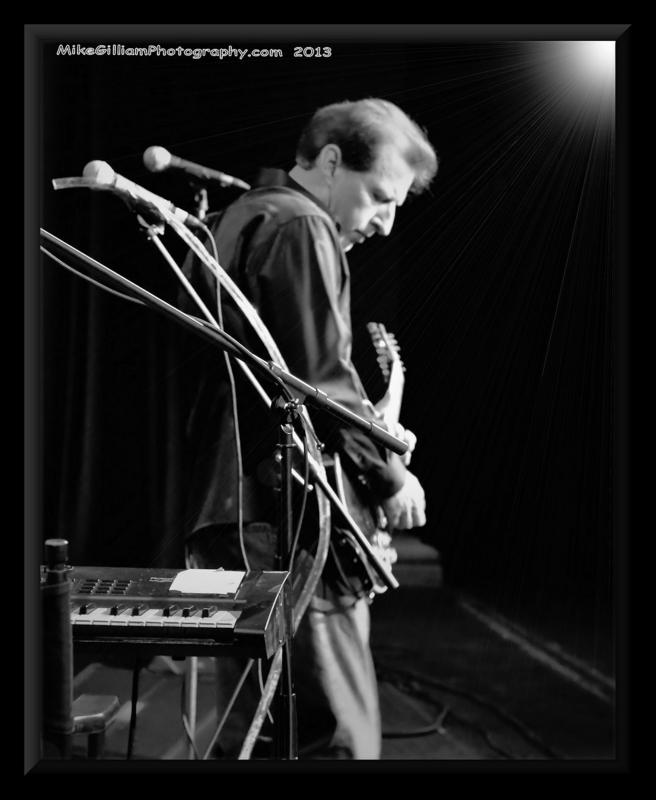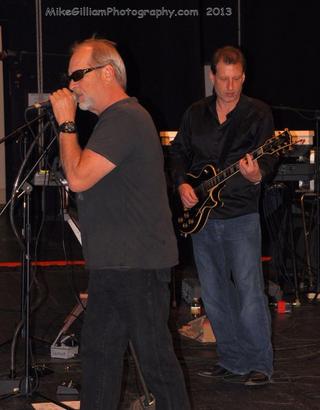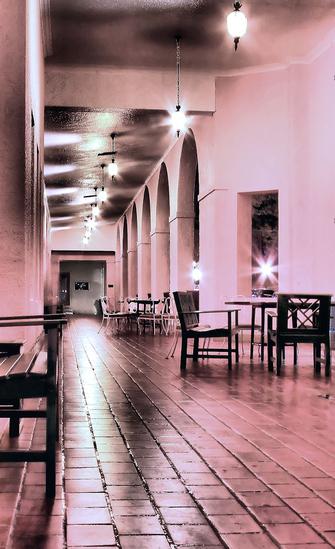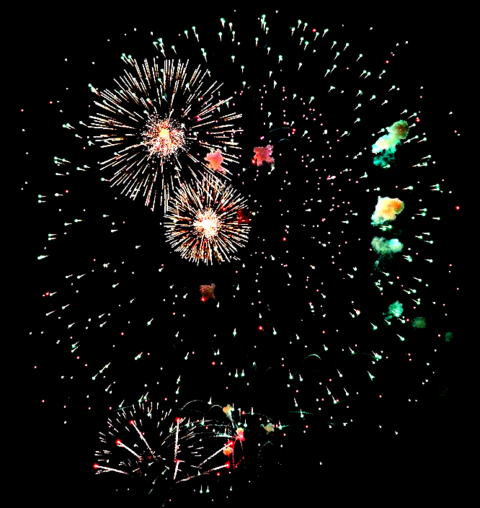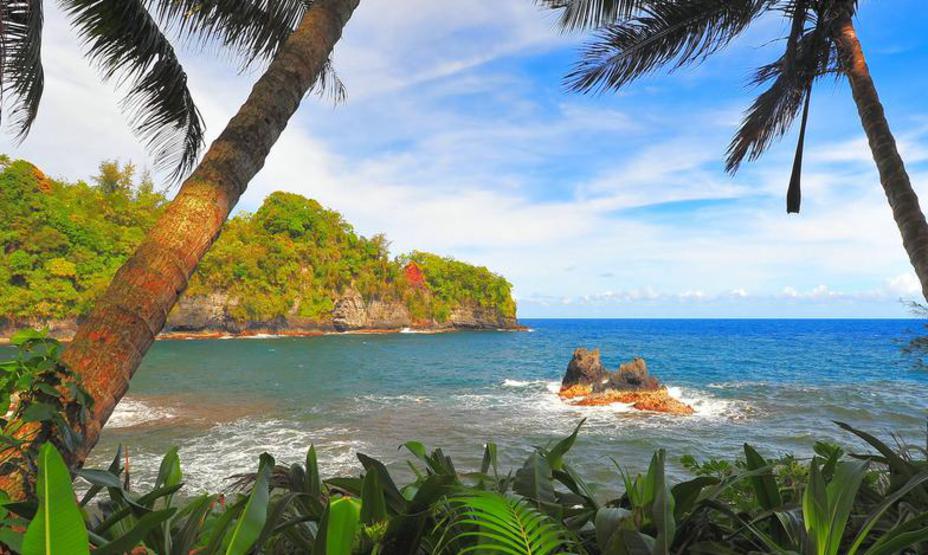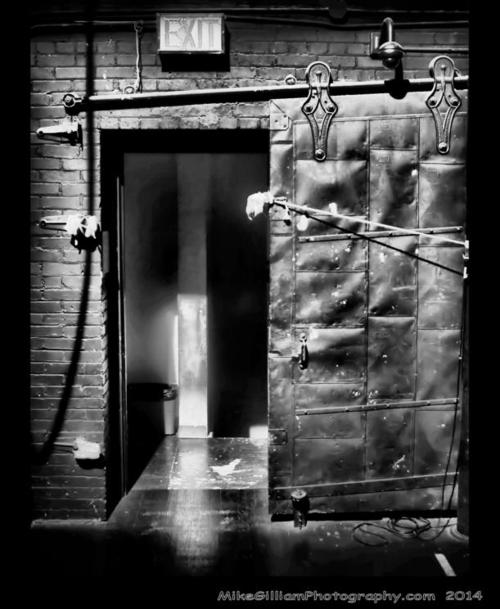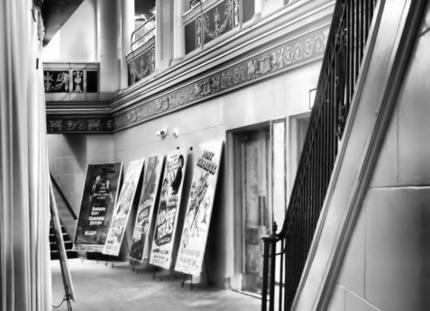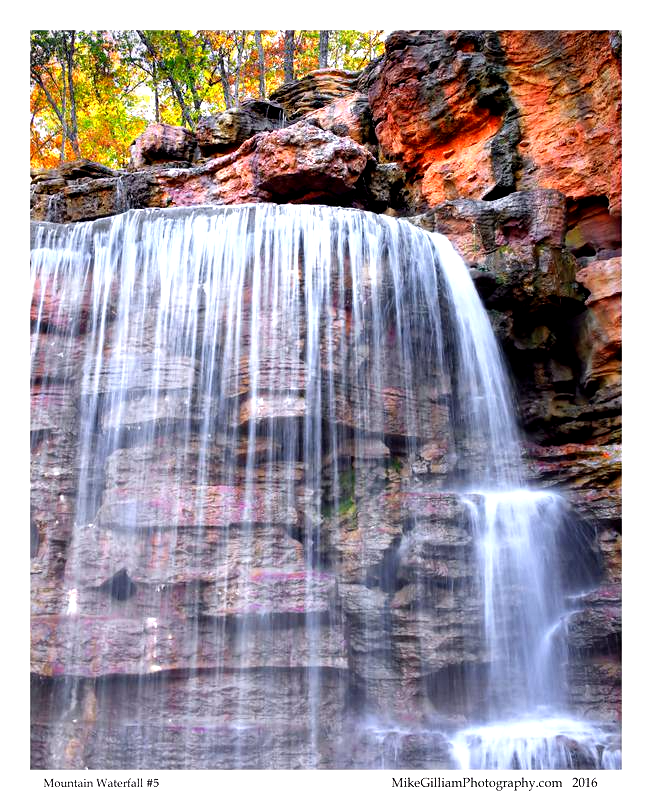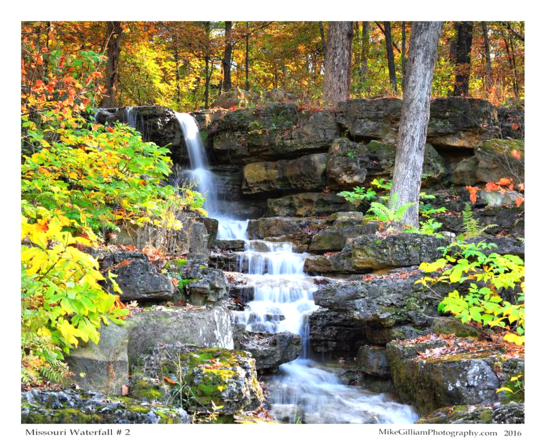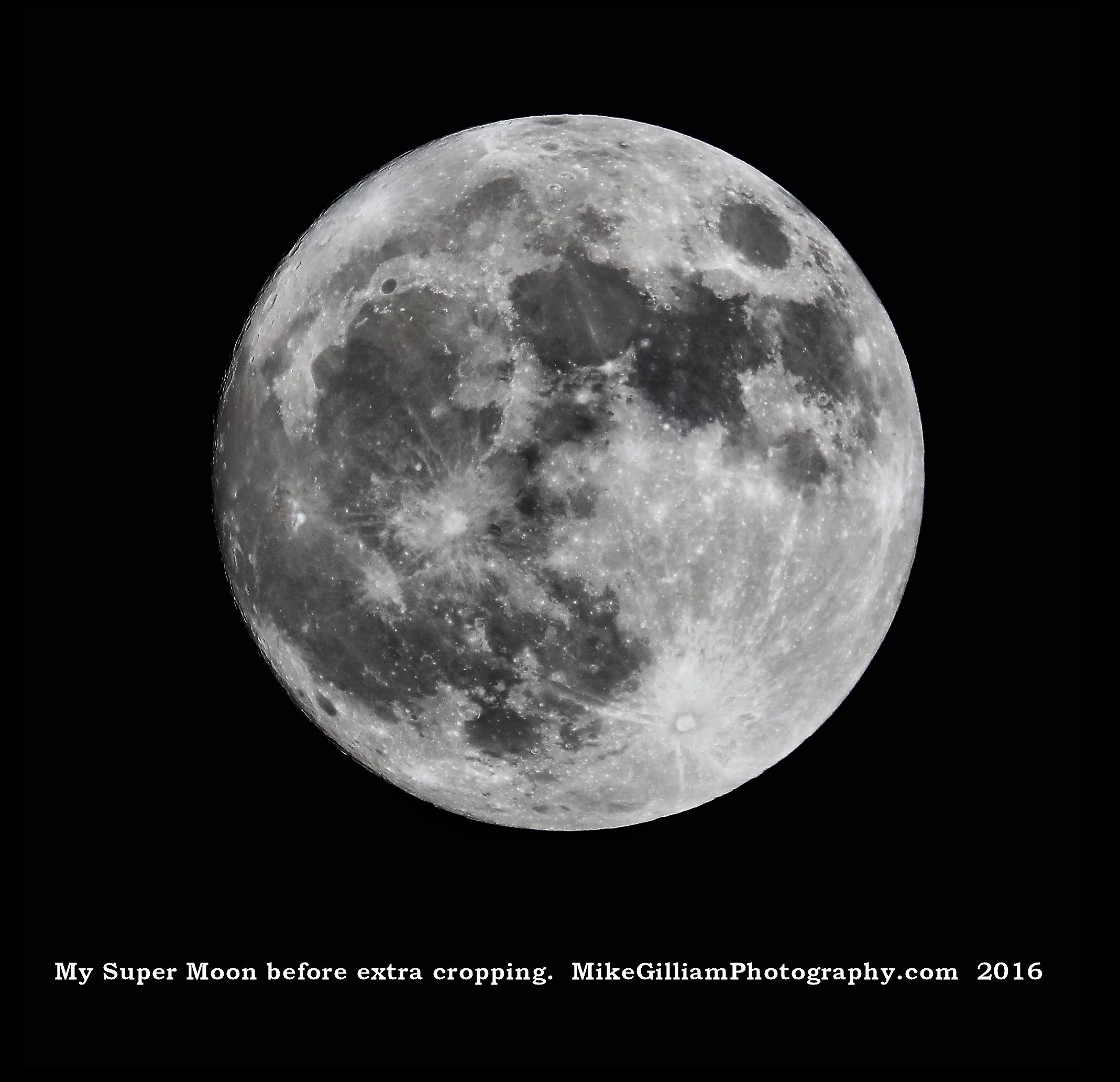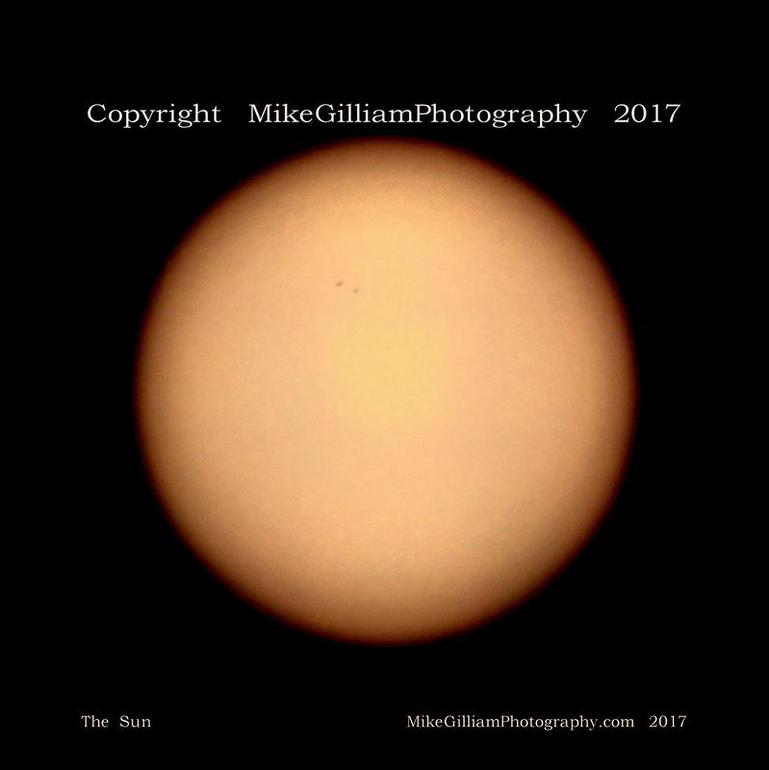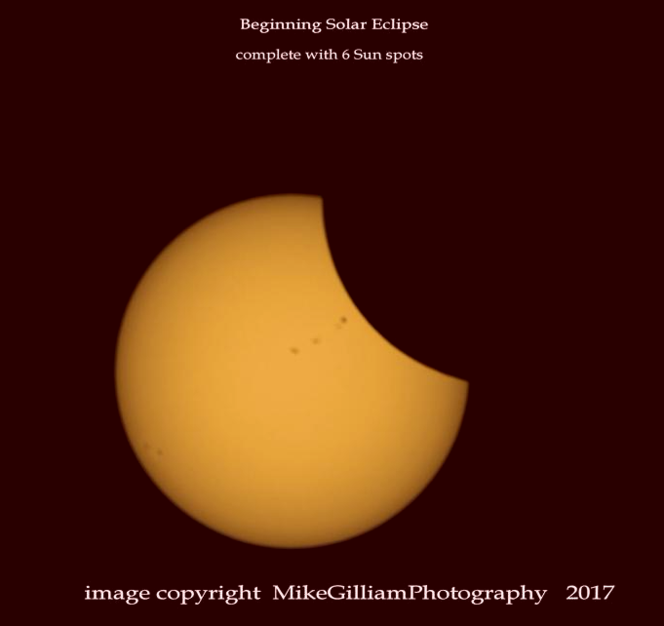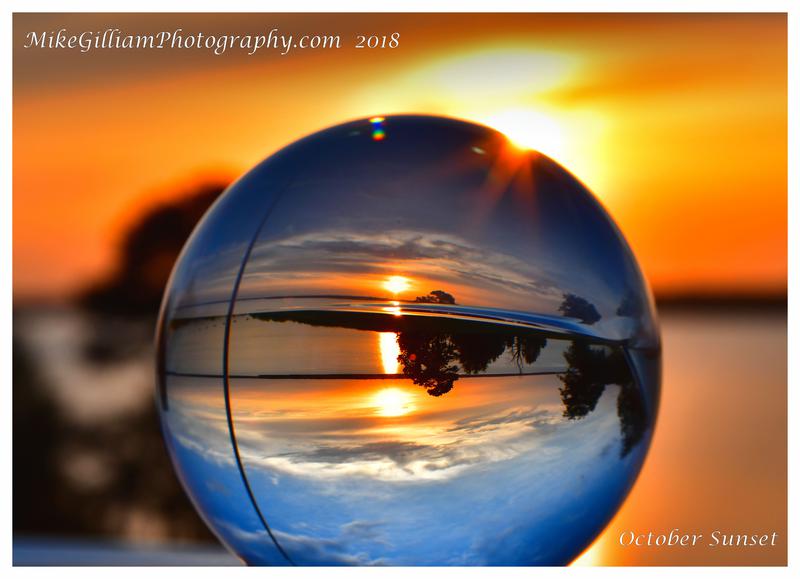Newsletter, photo tips, products updates and seminars.
Thanks for viewing MikeGilliamPhotography...
- January 10th 2012: Mike Gilliam Photography day one. My goal for this page is to update and inform photography fans with equipment reviews, photo tips and general info relating to all types of photography as well as audio/sound equipment reviews.









MikeGilliamPhotography.com images copyright 2010, 2011, 2012, 2013, 2014, 2015, 2016, 2017, 2018, 2019, 2020, 2021, 2022, 2023, 2024
- January 12th, 2012: Architecture photography can be fun and rewarding, but it can also be frustrating when a structure is just too large or vast to capture everything your eye's see. I'm told the average human has a field of view of about 120 degrees. For this photo i used the widest lens i had with me (i left half of them at home, duh) my Canon 20mm f2.8 USM which is limited to only 94 degree maximum width. This lens has captured some clean, vivid landscapes, and doesn't have a terrible amount of distortion (bending straight lines). This is an interesting building with all the art in the courtyard, too bad i couldn't back-up far enough to capture all of it. So what did i learn from this exercise? NEVER leave any lens at home! My 8mm fish-eye, 17-40mm and 18-135mm lens will be in my bag from now on. Camera bodies come and go (new ones are released daily), but quality lens never go obsolete...
MikeGilliamPhotography / Sunndance 2012
- January 15th, 2012: Quote: "The Rule of Thirds" is for those who can't count to 4----Mike Gilliam . Many of today's top Landscape and Nature photographers have used the "Rule of Thirds" to create amazing images with pleasing balance and natural depth of field. There is no need to always divide an outdoor, landscape scene into three zones. Great photos can have the subject in the center, towards the sides, or hanging off the edge of the photo. So don't get bogged down with the do's and don't's of photography instruction courses. Just get your camera gear and get going. Capture images that mean something to you, your passion will take your photography to the next level.
MikeGilliamPhotography / Sunndance 2012
- January 20th, 2012: Capturing a fast moving object is a matter of using a fast lens (a low f#) having a large maximum aperture and high shutter speeds (the speed the shutter opens and closes). Most of today's digital camera's allow the user to raise the native iso to a higher level like iso 100 to iso 400 for instance. By doubling or tripling the iso in this example, we have nearly tripled the camera's shutter speed without making any other changes to the camera. Tripling the shutter speed will drastically reduce motion blur. Whether it comes from your motion or your subjects motion. There is a limit to the maximum iso settings. Usually Digital Noise is my limiting factor (it's similar to film grain in appearance). Digital Noise is the grainy, splotchy, fuzzy look that is very unappealing to most viewers eyes. The higher the iso setting, the higher the potential is for added noise. Don't be afraid to experiment with raising your camera's iso settings. You will know when to stop when you begin to see a loss of color definition or that ugly creature known as digital noise. Note: The photo of male Red Tail Hawk (top) is very noisy while the photo of the female Red Tail Hawk (bottom) is not. The only difference was 8oo iso (bottom) being raised to 6,400 iso (top) where digital noise started degrading the photo.
Typical digital noise level iso 6,400. Canon 6od, 400mm f8 very fast shutter speed to freeze motion.
Typical digital noise level iso 800. Canon 60d, 400mm f8 fast shutter speed to freeze motion.
MikeGilliamPhotography / Sunndance 2012
MikeGilliamPhotography / Sunndance 2012
ISO settings of: 50, 100, 200, 400, 800, 1,600, 3,200 ,6,400, 12,800 are possible on many of today's DSLR camera's.
All of my photos you see in my Galleries are small sized, standard resolution images (soft in appearance). All of my photos are available for purchase as large file, high resolution jpeg or tiff images with excellent clarity, color depth and sharpness.
- To fish-eye or not to fish-eye ? This is an interesting question when shooting architecture/buildings, or any scene that contains a lot of straight lines. Both of the photos shown below were shot using the same lens (Canon 20mm f2.8 on a Canon 5d mk II) hand held. I created the fish-eye look (left photo) in post processing software. The same effect my 16mm fish-eye would have given, if i had remembered to bring it with me. A true fish-eye lens can create some interesting images, by bending the light that passes through it (distorting the image). On the other hand, most active photographers prefer a traditional wide angle lens that does not bend any straight lines (less distortion). I think both types of photography have their own unique uses.
MikeGilliamPhotography / Sunndance 2012
MikeGilliamPhotography / Sunndance 2012
Dallas Skyline, Nikon D700, 17-35mm f2.8, @ 18mm, @ f22, 2 minute exposure, Bogen Tripod
Moon shot added in post processing, Nikon D90, 70-300mm VR @ 300mm hand held in my driveway...
- Wildlife photography can be fun and rewarding. It can also be difficult to see wildlife in the woods or out on the prairies. Binoculars can help you 'scope-out' your subject if your vision isn't blocked. These winter/spring days can provide good opportunities to see and there for photograph wildlife. Leafless trees and less plant life can allow you to spot most of these shy creatures before they spot you. So get out doors with you camera gear. You may be surprised that there is a lot of wildlife waiting to be captured...
MikeGilliamPhotography / Sunndance 2011
North American Red Fox pups, Lake Wright Patman, Nikon D90, 800 iso, 500mm @ f8, hand held evening twilight
One of my wild backyard pets (probably up to no good). Canon 60D, 200 iso, 400mm @ f8, hand held, morning light
What was 'old' is 'new' again. This Butterfly was shot in 1989 on (Kodacolor 200 print film). I mistakingly stored the film in an out-building (exposed to the Texas heat) for 20 years. The colors were completely faded, but i found this image was too compelling, so i scanned it into Lightroom and this is the result. You may want to give your oldest photos a second look. You never know, you may uncover a lost gem. ;-)
Fun with firearms. Canon 5d mark II, EF 50mm f1.8 @ f11, iso 100, hand held.
- Fun with a Smart Phone. "Making the everday, unusual" Good company, Eggplant Parmesan and a Coke... Android Razr Maxx
WARNING ! Downloading copyrighted photos from this site may harm your computer. E-mail or call for downloadable images. WARNING !
- What was old is new again. I shot 8 rolls of professional slide film in Alaska back in 1998. We flew in and out of Canada on our way to and from Alaska. The Canadian ATF guards assured me their ex-ray machines would not damage film. So i reluctantly let them run all our bags through their machines. You guessed it, they ruined most of my film. Thankfully two rolls were undamaged. I was able to scan this slide and salvage this majestic Eagle. Thankfully photography stored on digital media is much more difficult to damage.
Sunsets in the Tropics can be the most vivid and beautiful of any in the world. Hawaiian Sunset, January 2009 Big Island Hawaii...
Tropical Sunrises are also amazing, but in this case your looking at the full Moon about to set at Sunrise. Big Island Hawaii, January 2009...
'Dramatic clouds at sunset'. The photo to the left is the original file shot by Debbie using her Droid Razr Maxx while standing in a parking lot. The clouds to the North, East, and South radiated vivid colors that ranged from silver to brilliant pinkish/orange. While the western sky had only the setting sun . The photo below is my rendering after a little clean-up with the 'clone tool' and some noise reduction. I think she should do more photography, although she may have to get her own web site... :-)
...
No special equipment needed. 'Morning Iris' , handheld, Nikon D90 18-200mm VR voom, iso 200 @f5.6
Deb's flowers...
Canon 5d mark II
Nikon D700
Canon 60d
Canon 5d mark II
Nikon D90
Canon 60d
Canon 5d mark II
Canon A-1
Nikon d700
Android Razr Maxx
Nikon D90
Canon 5d mark II
Film to Digital is difficult but can be rewarding. Fujica 690, Fuji 120 Velvia slide film scanned into a jpeg file.
Fujica 690 6x9 cm
Canon 60d
The eyes of a hunter. This pair of Cheetahs never stopped moving. They seem to be constantly looking for their next meal. The Canon 300mm F4L's IS (image stabilization) helped me freeze their motion for this shot. Canon's IS and Nikon's VR (vibration reduction) are extremely helpful in reducing blur from your motion or your subjects motion.
Sunrise at Caddo Lake Louisiana. The pre-dawn, pea-soup thick fog had me wondering if the sun would be able to break through. I pressed on and was rewarded with the scene...
Nikon D700
The Greenwood Dancehall, Juanita's Saloon and Del Rio General Store are prime examples of weird and truly unusual watering holes that Texas is famous for. You won't find locations like these on the Interstate Highways, but driving the backroads can uncover gems like these.
Winter in the Arkansas River Valley. In camera monochrome filter, Nikon d600 70-300mm VR @ 70mm...
My telescope set-up circa 1985 including my Canon A-1 & 180mm telephoto lens. Astrophotography can be challenging but very rewarding. The photo below is the planet Jupiter and 4 of it's moons. I captured this unique image through my Newtonian telescope using the clock drive. Canon A-1, Kodak T-Max 100 film...
Pinnacle Mountain Arkansas at sunset. Nikon D600 UV filter removed, ISO 400, 70-300mm VR @ 200mm hand held...
Canon 5d mark II
Robert St. John Band at the historic Perot Theater, Texarkana Texas along with the Fran Cosmo Band. One night of awesome music...
photography by Mike Gilliam
Fran Cosmo Band playing an array of Boston hits...
Nikon D600, 3200 ISO, 70-300mm VR @ f8
Nikon D600 @ 3200 ISO
Nikkor 70-300mm VR @ F8
Oklahoma Sunset
Canon FD 200mm f4 @ f5.6, Fujichrome Velvia 50
Canon 20mm f2.8 @ f11
'Gone Fishin'
Nikon D600, ISO 3200, 70-300mm vr @ f8, handheld
Veranda Arlington Hotel, Hot Springs Arkansas...
Ultra Violet filtering
In this age of software manipulation of photography one might think that camera/lens mounted filters are no longer needed. Many professional photographers leave their lens caps in the camera bag and use a UV haze filter to protect the lens front element. UV Haze, Infrared 720nm, Rotary Polarizer, and Graduated Neutral Density filters can help you take your photography to new heights...
Big Island of Hawaii
October 2014: The Perot Theater in Texarkana Texas is the location of the now Famous Ghost Doorway. Movement of this heavy iron door has been captured on video in the middle of the night. The Theater was totally empty and the advanced security system was activated. The motion detecting video cameras captured this heavy iron door coming unlatched and closing. This is an Infrared image I captured during a Ghost Tour hosted by the staff of the Perot Theater. Infrared Photography is interesting and revealing. The near Infrared spectrum reveals detail hidden from the human eye. Infrared false color and thermal sensors captured an 'X-ray like' image in side this doorway...
MikeGilliamPhotography 2015, 2016, 2017, 2018, 2019
Hilo Lagoon, Hawaii
Everyday is Independence Day...!
In America
X-Ray type image from Infrared Radiation
The awesome beauty of Switzerland
The Alps near St, Mortiz
The Big Island of Hawaii is big, wild and beautiful.
MikeGilliamPhotography 2015, 2016, 2017. 2018, 2019
MikeGilliamPhotography 2015, 2016, 2017, 2018, 2019
copyright MikeGilliamPhotography 2015, 2016, 2017, 2018, 2019
MikeGilliamPhotography 2015, 2016
MikeGilliamPhotography 2015, 2016, 2017, 2018, 2019
MikeGilliamPhotography 2015, 2016, 2017
MikeGilliamPhotography 2015, 2016, 2017
See shadow figure on balcony !*!?*!
copyright 2014, 2015, 2016
October 2016: Fall foliage and water can make an awesome scene. Long exposures are needed to blur the motion of the water...
CANON 5ds R iso 100 EF 24mm f1.4 @ F11 hand held
Canon 5ds R, iso 800, crop factor x 1.6, Sigma 150-600mm @ F8 600mm x 1.6 = 960mm focal length, hand held
11-16-2016: Super Moon indeed.
I
_
< This crater is app. 20 miles wide
Nikon D700 below Nikkor 50mm F1.8 @ F11, Nikon D600 above Nikkor 24-120mm Vr @ f 16 & F2.8
copyright 2013, 2014, 2015, 2016, 2017 , 2018, 2019
2-09-2017 2:05 CST our sun complete with 2 sun spots. Canon 5ds R, Sigma 150-600mm, !.4 Sigma extender, iso 100 hand held, StarGuy solar filter...
Batman and Spock kicking it...Adam West and Leonard Nimoy
copyright MikeGilliamPhotography.com
Full Color Infrared image. Nikon D800 IR conversion, native iso, @ f16
Selfie: Sunrise at Bryce Canyon Utah
Nikon D850, ISO 100, Sigma Art 35mm @ f16
Nikon D7500, ISO 200, Nikkor 70-300 VR @f8
Nikon D850, ISO 100, Sigma Art 24-105mm @f22, Crystal Ball...

